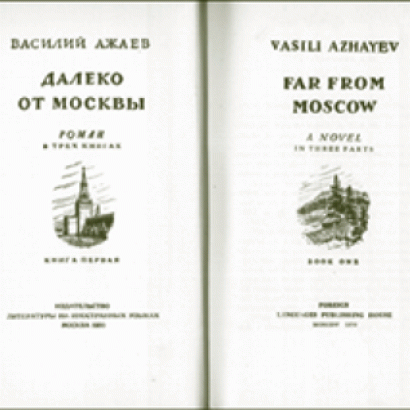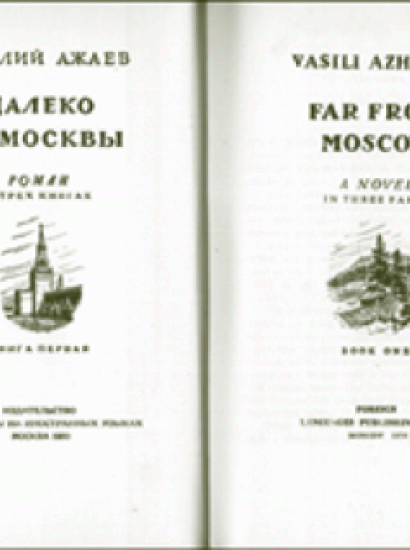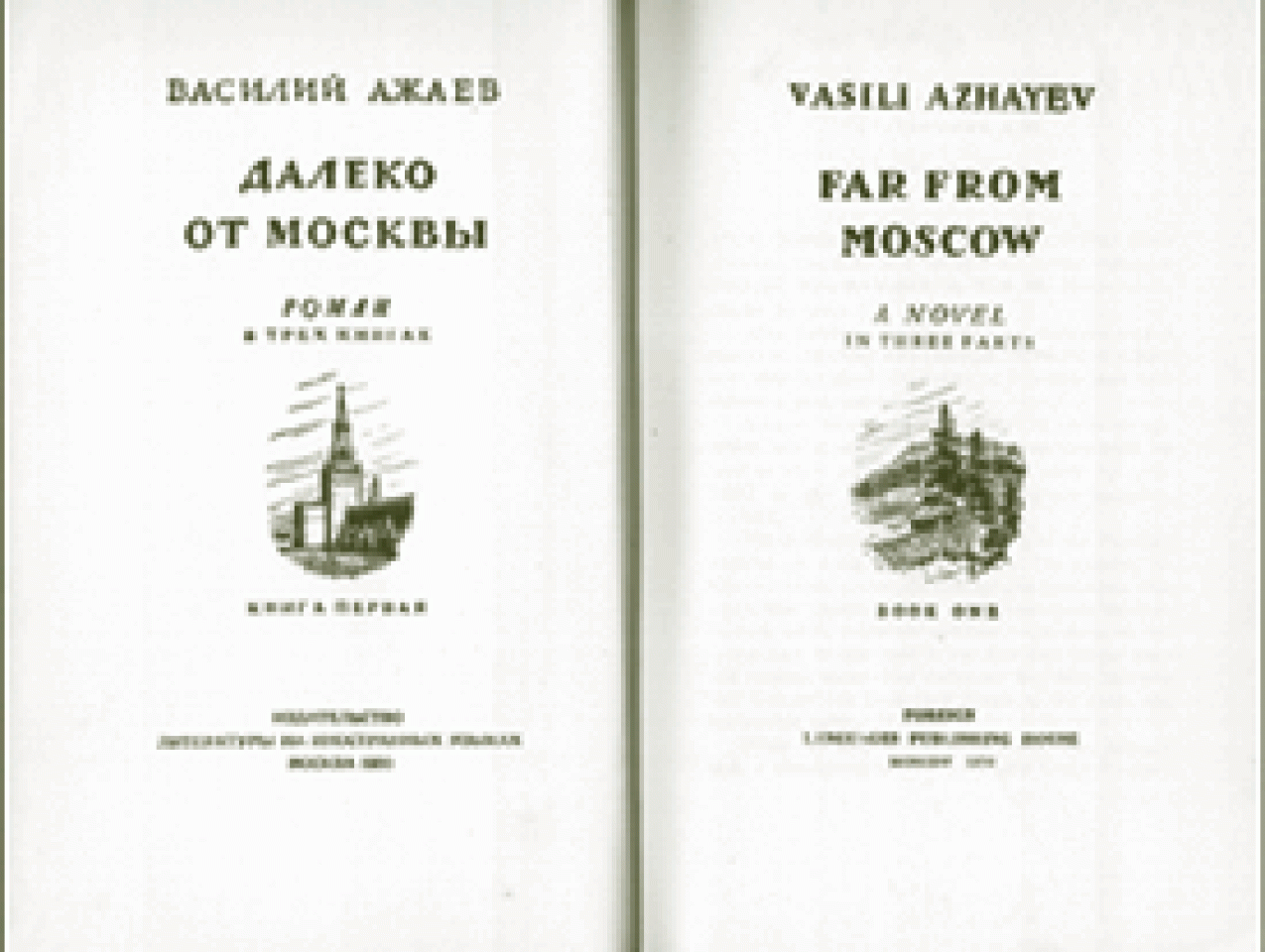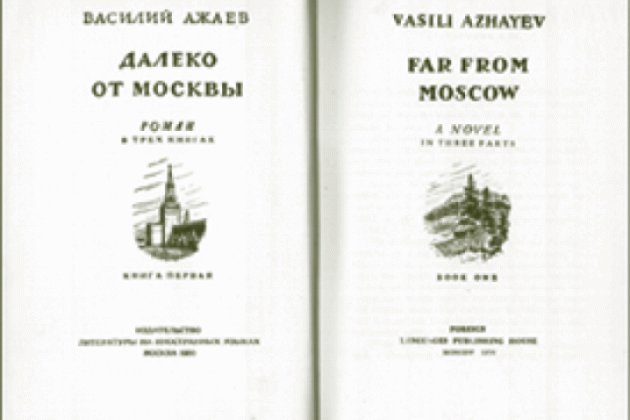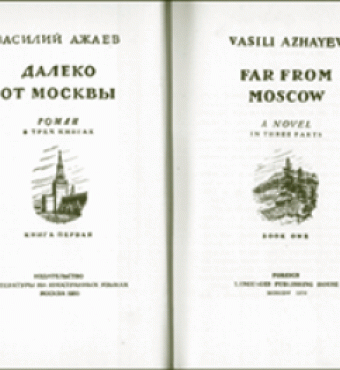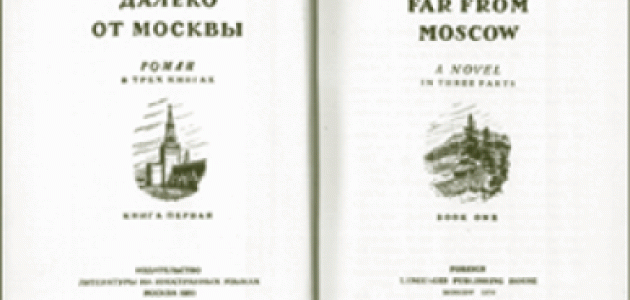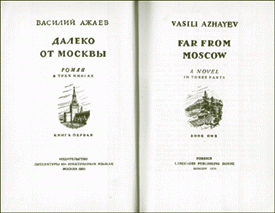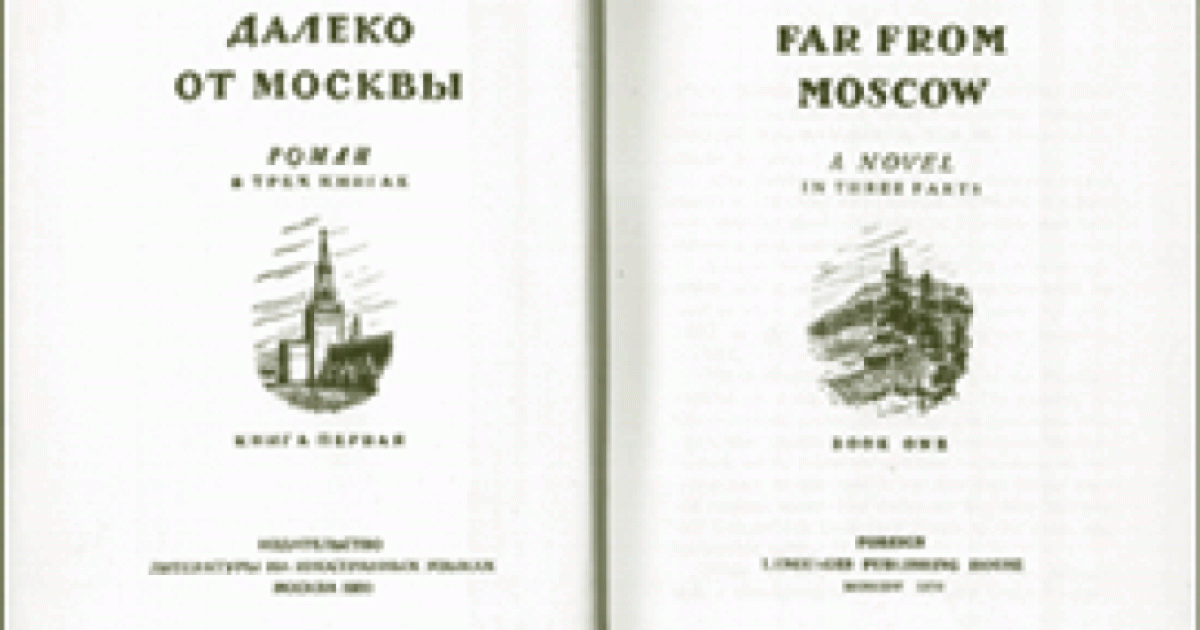- Contemporary
- World
- Law & Policy
- Civil Rights & Race
- History
Is it not strange that, a half century after the end of World War II, there should be a best-selling book about the Holocaust called Hitler's Willing Executioners but no equivalent about the Soviet Union--a Stalin's Willing Executioners? True, there are documentary classics about Stalinism like The Gulag Archipelago or Robert Conquest's The Great Terror, but there is no popular, let alone academic, concentration on the criminality and inhumanity of Soviet history as there is about the dark German past. No Nuremberg trials for the Soviet killers and torturers, who are probably all receiving their pensions and, with their connections, receiving them on time. As for Lenin, he still lies in state in his Red Square tomb, and Stalin is interred in the Kremlin wall.
One of the areas of Soviet history still to be explored is how the Kremlin and its gauleiter intellectuals, particularly during the 1937–1938 period of high Stalinism and later, in 1946, during what came to be known as the Zhdanovshchina, annexed the printed word--fiction, nonfiction, plays, essays, short stories, children's literature, textbooks, journalism, everything--to the party apparat. Writers, some enthusiastically, some fearfully, became servile functionaries of the state, or "artists in uniform"--thereby producing what Lionel Trilling called "the monolithic conformity of the intellectual life of Russia."
The Marxist-Leninist dictatorship successfully liquidated a literary tradition--Chekhov, Dostoevsky, Gogol, Lermontov, Pushkin, Tolstoy, Turgenev, and others--that had flourished for a century despite tsarist censorship. Under Stalin's dispensation, being a writer was no guarantee of a long and serene existence. (Of the seven hundred writers, average age thirty-nine years, who in 1934 attended the First Writers' Congress, only fifty survived to attend the second in 1954.) Osip Mandelstam, his widow recalled, said to her, "Only here [USSR] do they really respect poetry--they kill because of it. More people die for poetry here than anywhere else." Mandelstam was one of those who died for his poetry--in a psychiatric ward near the Magadan forced labor camp in 1938.
| There have been no Nuremburg trials for the Soviet killers and torturers, who are probably all receiving their pensions. |
The end of Russian literature and the formal beginning of Soviet literature came with the 1925 Central Committee resolution "On Party Policy in Literature," which in brief stated that in a classless society art cannot be neutral. "By the early 1930s," said the official Great Soviet Encyclopedia in 1973, "the majority of Soviet writers were actively engaged in socialist construction." They were fulfilling their role, as Stalin put it, as "engineers of human souls."
As in pornographic literature, so with socialist realism--the plot was always predictable. This quasi-literature was dominated by a special language (what Arthur Koestler named "Djugashvilese," in tribute to Stalin's family name). This language had a remarkable vocabulary, remarkable not of course in that it was taken seriously in the Soviet Union but in that it was taken seriously in communist and fellow-traveling literary circles the world over. In the world of socialist realism, historical necessity, democratic centralism, revolutionary consciousness, workers of brain, and workers of brawn were all good, while hostile ideological tendencies, social fascism, deviationism, bourgeois philistine individualism, rootless cosmopolitanism, aesthetic hooliganism were all bad.
In his novel The First Circle Alexander Solzhenitsyn notes that in a totalitarian society, a great writer is a second government because he exercises a moral authority that threatens the viability of a dictatorship. To make sure such a danger could never arise, the official Writers' Union of the
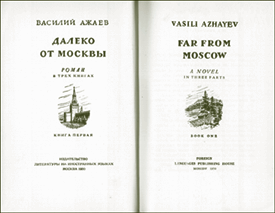
USSR obtained, first, the right of the Soviet party to decide what was publishable; second, if declared publishable, the party had the right to alter, amend, rewrite, or insert into the manuscript, with or without the author's permission, whatever it was felt would make it even more acceptable to Stalin. It was known that Stalin began taking a personal interest in all matters literary at the end of World War II and wanted novels about major construction projects as monuments of socialist postwar construction. Thus to satisfy him, the party assumed the unrestricted right to order a novel, a work of history, anything, to be rewritten even after publication. The Writers' Union bureau under the direction of Konstantin Simonov, editor of Novy Mir, became a sort of omnipotent Maxwell Perkins with an audience of one. How these rights were implemented in practice is the theme of How Life Writes the Book, Thomas Lahusen's fascinating new volume.
The mechanics of transmuting literary creativity into Soviet ideology has never before, as far as I know, been documented in such a nuts-and-bolts, how-to, voyeuristic fashion. Lahusen, a professor at Duke, relies on a personal archive secretly maintained by Vasili Nikolaevich Azhaev, a second-rate Soviet novelist with a first-rate temperament. His archive, preserved by his widow (Azhaev died in 1968 at the age of fifty-three) and recently uncovered by Lahusen, tells the story of Azhaev's novel Far from Moscow and how, after seemingly endless rewriting ordered by the Writers' Union, it became a 1946 best-seller in the USSR. After a further party-ordered postpublication rewrite in 1948, it received the ultimate reward--a Stalin Prize--the following year. The novel was translated into twenty languages, made into a movie, and adapted as an opera. (The English translation adds up to 1,430 pages in three volumes.) The novel became mandatory reading, and to be sure that Far from Moscow was read, mandatory "conferences" of readers were organized. The Azhaev archive lists almost a hundred readers' conferences set up by the party all over the country in the late 1940s.
| The dictatorship liquidated a literary tradition -- Chekhov, Dostoevsky, Tolstoy -- that had flourished for a century. |
The history of this novel is far more interesting than the novel itself because it reveals from the inside and in detail what the writer's life was like under Stalinism and under Stalin's successors. Far from Moscow deals with the construction of an oil pipeline in the Siberian Far East during 1941–1942. While the government's plan had allotted three years as pipeline-building time, the workers under the always heroic party leadership ignored warnings of foreign experts and in true Stakhanovite spirit built it in one year. Azhaev didn't tell his readers that the pipeline workers were slave laborers watched over by turnkeys with truncheons and machine guns. In fact, Azhaev was himself a political prisoner in that very Soviet Far East area--the Corrective Labor Camp of the Baikal-Amur Main Line--where after serving part of a four-year sentence for "counterrevolutionary activities," he remained in the area with the status of "free laborer." He became a camp official, head of a gulag section called the "Central Bureau of Rationalization and Invention" and began publishing in the NKVD Literary Artistic Journal. Azhaev's first draft of Far from Moscow concealed the truth, but a knowledgeable reader would have been able to decode the truth about the pipeline workers. The Writers' Union officers were smart enough to see through Azhaev's maquillage, which is why they demanded--and got--editorial changes.
The Azhaev archive contains a report of what happened on December 18, 1944, at the regional committee meeting of the Soviet Writers' Union, which met for eight hours to discuss Azhaev's short stories and his unpublished Far from Moscow. The author read several chapters of the novel, after which came a postmortem. Azhaev did so well that it was recommended he be sent to Moscow to complete his studies. But that didn't mean his novel would be published, even though it had received unanimous approval. It seems the regional censor wouldn't give the manuscript his okay because the novel dealt with a "classified subject," the construction of a pipeline in the Far East. But, in fact, from the standpoint of Soviet realism, the pipeline was the real hero of Far from Moscow, and the regional censor was overridden.
Lahusen has done a remarkable comparative reading of the different editions of Far from Moscow, through which he shows the inner workings of Stalinist culture in a completely original way. The task must have been mind-numbing and reminded me of something Macaulay wrote after reading a two-volume biography of some British noble bore: "Compared with the labor of reading these volumes, all other labor, the labor of thieves on the treadmill, the labor of children in the mines, the labor of slaves on the plantation, is but a pleasant recreation."
| A great writer is a second government because he exercises a moral authority that is independent of the state. The Writers' Union made certain no such danger could ever arise. |
In 1995, Lahusen went to Siberia to see if there was anybody still living who might have read Far from Moscow. He found one man, probably a guard at the prison camp, who wept when asked if he had read the book. He had read twenty pages and could read no further. The pipeline, he said, "had been built on bones." Another man, a soldier, had only seen the film, and he said, "The tractors, the bulldozers, nothing of this ever existed, only shovels and bare hands." A third man, a mechanic, had read the novel twenty times and had seen the film: "It was all a lie." The pipeline was dug by twelve thousand zeks in this fashion: "A man every two meters, no dynamite, no explosions, people using their own hands to dig into the ice."
In The First Circle, one of the characters describes a new novel titled "Far from Us," obviously a play on the title of Far from Moscow. After reading it, he "felt nausea. The book was a meat pie without the meat, an egg with its insides sucked out, a stuffed bird. . . . The experienced reader sensed that the author himself . . . was lying with cold, glassy eyes."








